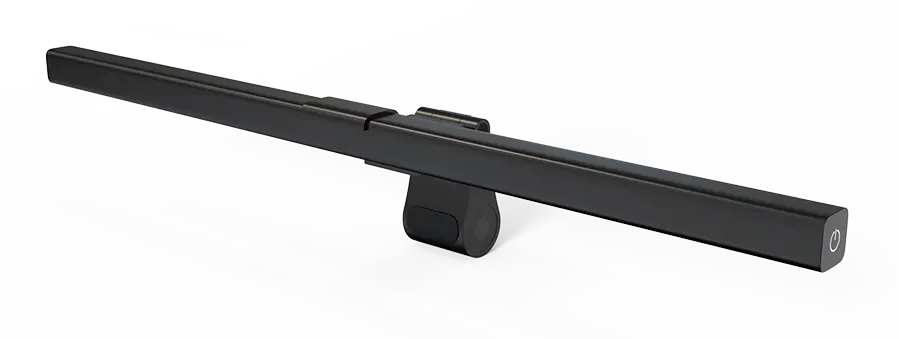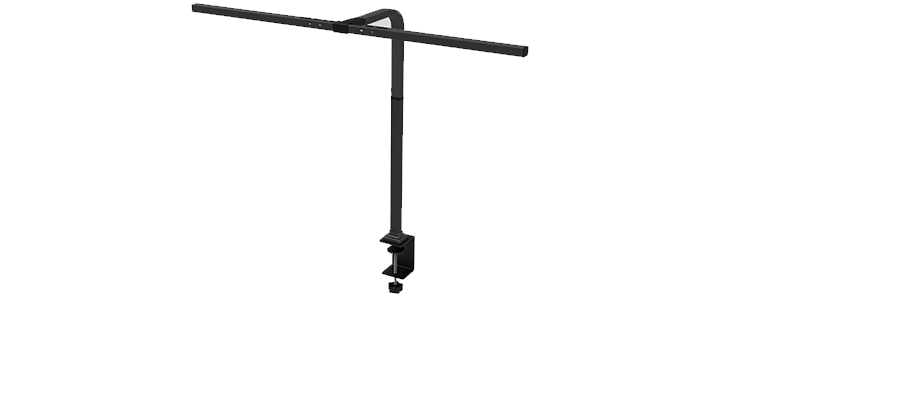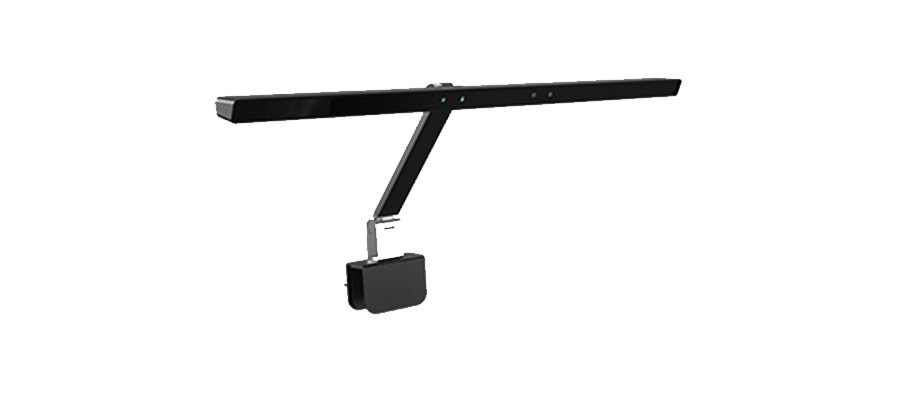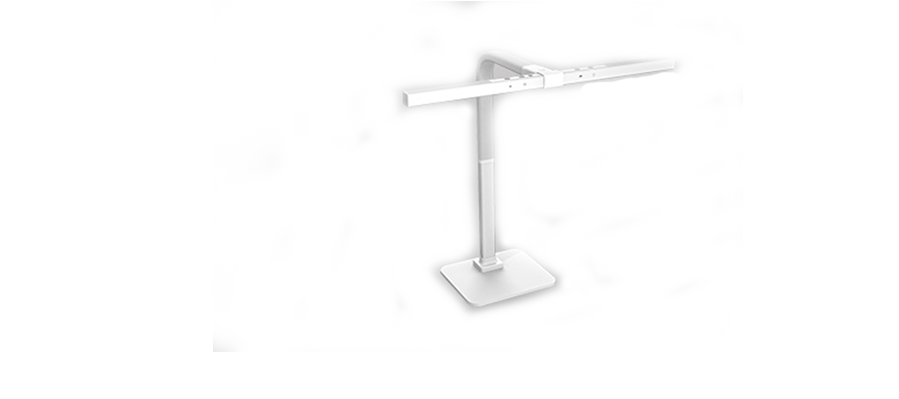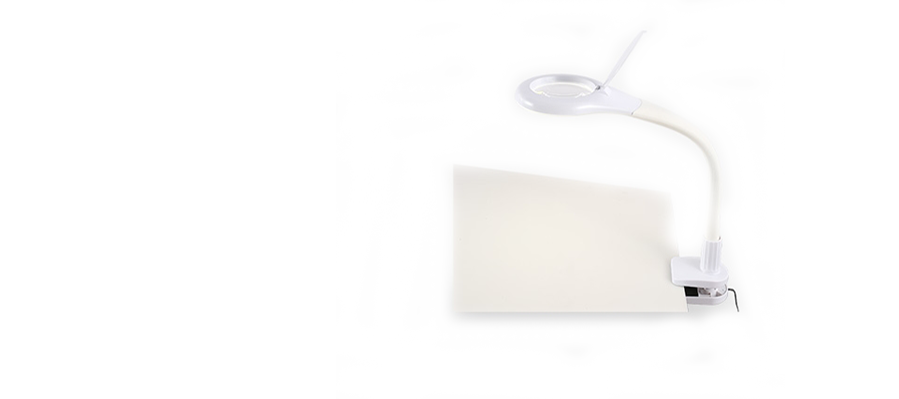In today's digital age, where many of us spend hours in front of computer screens, proper lighting is crucial for productivity and eye health. Two popular lighting solutions for workspaces are monitor light bars and desk lamps. While both illuminate your desk, they differ significantly in design, functionality, and benefits. This article compares monitor light bars and desk lamps across key aspects to help you decide which is better for your needs, with a focus on innovative products from TOPMB.
What Is a Monitor Light Bar?
A monitor light bar is a slim, horizontally mounted lamp that sits directly above your monitor, projecting light downward onto the desk without reflecting off the screen.
TOPMB, a pioneer in asymmetric optical screen light bars, has engineered patented clamps to fit curved, flat, and ultra-wide monitors—ensuring maximum compatibility and performance.
Key Features:
Asymmetric optical design: Avoids direct screen glare
Minimal desk footprint: Clamps directly onto your monitor
Adjustable lux and color temperature: Tailored lighting for any task
Smart control: Touch or wireless remote operation
What Is a Desk Lamp?
A traditional desk lamp is a standalone lighting device that typically sits on your tabletop, offering a direct, often symmetrical beam of light. While it’s versatile and familiar, it comes with certain limitations for modern screen-based tasks.
Common Issues:
Creates glare on screens
Consumes valuable desk space
Fixed or limited adjustability
Uneven light distribution
Side-by-Side Comparison: Monitor Light Bar vs. Desk Lamp
| Feature | Monitor Light Bar | Traditional Desk Lamp |
|---|
| Anti-Glare Design | ✅ Asymmetric beam avoids screen glare | ❌ Often causes reflections |
| Desk Space Usage | ✅ No footprint on the desk | ❌ Takes up space |
| Light Distribution | ✅ Even, shadow-free illumination | ❌ Uneven and harsh in some areas |
| Eye Comfort | ✅ Designed for screen use | ⚠️ May cause fatigue |
| Smart Controls | ✅ Wireless/touch options (TOPMB) | ❌ Usually manual |
| Aesthetics | ✅ Sleek, modern look | ⚠️ Can look bulky |
Which is Better for You?
Choose a Monitor Light Bar if you:
Spend long hours at your monitor
Want to reduce eye strain and screen glare
Have limited desk space
Value modern, minimalist design
Need adaptive brightness and color temperature
Stick with a Desk Lamp if you:
Frequently do tasks away from your screen (e.g., crafting, sketching)
Need lighting across a large area outside your monitor zone
TOPMB: Redefining Desk Lighting with Asymmetric Optics
TOPMB is the first brand in the world to apply asymmetric optical technology to table and monitor lamps. Since 2018, we’ve helped thousands of users upgrade their desk lighting experience through:
Ultra-wide and high-power monitor light bars
Models for curved monitors (1000R/1800R)
Smart wireless charging light bars
Patented clamp systems for all monitor types
International certifications: CE, FCC, ETL, RoHS, ERP & more
FAQs: Monitor Light Bar vs. Desk Lamp
1. Are monitor light bars better than desk lamps?
Yes—monitor light bars offer focused, glare-free lighting designed specifically for screen-based work, unlike traditional desk lamps which can cause reflections and eye strain.
2. Can a monitor light bar replace a desk lamp?
Absolutely. If your primary tasks are screen-based, a monitor light bar not only replaces a desk lamp but enhances lighting ergonomics and workspace aesthetics.
3. Do monitor light bars hurt your eyes?
Not at all. In fact, they help reduce eye strain with adjustable brightness and color temperature tailored for screen use.
4. What is the best lighting for computer work?
The best lighting for computer use is asymmetric, glare-free lighting, like that offered by a well-designed monitor light bar.
Neither monitor light bars nor desk lamps are universally better; the choice depends on your needs. Monitor light bars, like those from TOPMB, excel in space efficiency and glare reduction, making them ideal for screen-centric workspaces. Desk lamps offer versatility and affordability, suitable for diverse tasks. By considering factors like desk space, task requirements, and eye comfort, you can choose the lighting solution that best enhances your productivity and workspace aesthetics.

